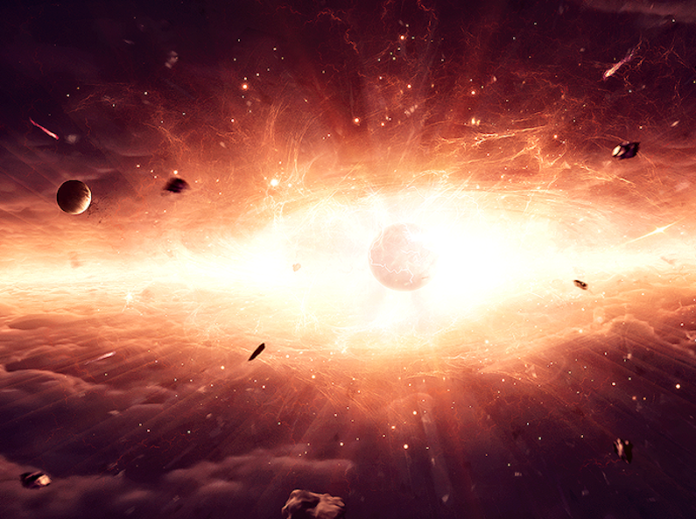A supernova is the explosion of a star, and the bigger the star, the bigger the explosion. The most famous of these supernovae may be those that come as a result of huge stars exploding, but they can also occur when an intermediate-mass such as the Sun explodes too. This sometimes happens when the white dwarf is part of a binary star system. As the white dwarf accretes material from the nearby star, it’s possible that could explode as a type la supernova.
Type la supernovae are often used to measure distances in astronomy as they’re very easy to spot due to their brightness. Even so, astronomers are still baffled as to how these explosions begin. And, even though they’re extremely bright and easy to spot when they’re there, the fact that they only happen around once every 100 years, means astronomers could be waiting a while before they have all the answers.
However, Ji-an Jiang, a graduate student at the University of Tokyo, and a group of international researchers set to find more. In order to maximize their chances of capturing an image of these type la supernovae early in its formation, the team used the Subaru Telescope with the Hyper Suprime-Cam mounted on it. This combination allowed the scientists to capture a wider area of the sky at once. They also managed to create a system that automatically detected supernova among the heavy incoming data, enabling them to capture the supernova in real time.
During their observation the team discovered over 100 different supernova candidates; many of which had only exploded within the last few days. One supernova was captured within a day of it exploding, and the team saw how its brightness and color changed over time and was unlike any other previously discovered type la supernova. They suggested this could be the result of a white dwarf that has a helium layer on its surface. If the helium layer were to become ignited it would cause an explosion.
More News to Read
- Researchers Discover Link Between Bacterial Levels and Breast Cancer
- Swiss Researchers Create Batteries Out of Waste Graphite
- Help Comes in the Form of Biosensors for Cystic Fibrosis Patients
- Researchers Get a Much Closer Look at Exoplanets Thanks to New Telescope Attachment
- Got a Song Stuck in Your Head? Here’s How to ‘Unstick it’

